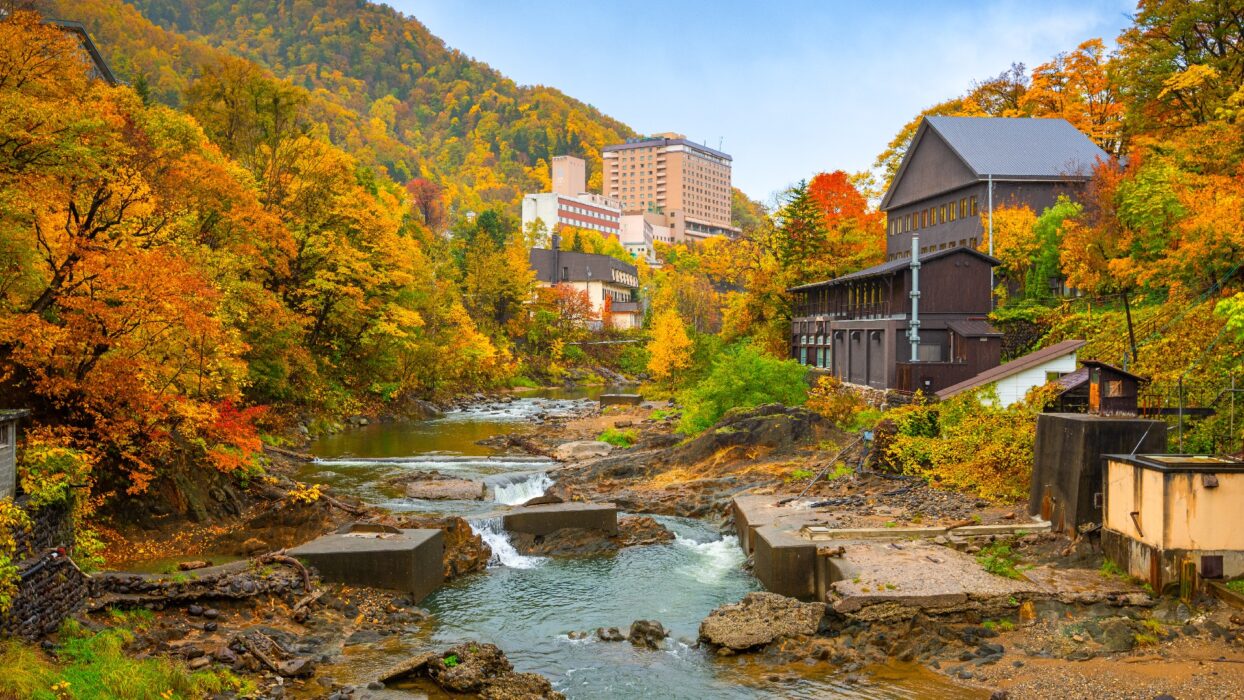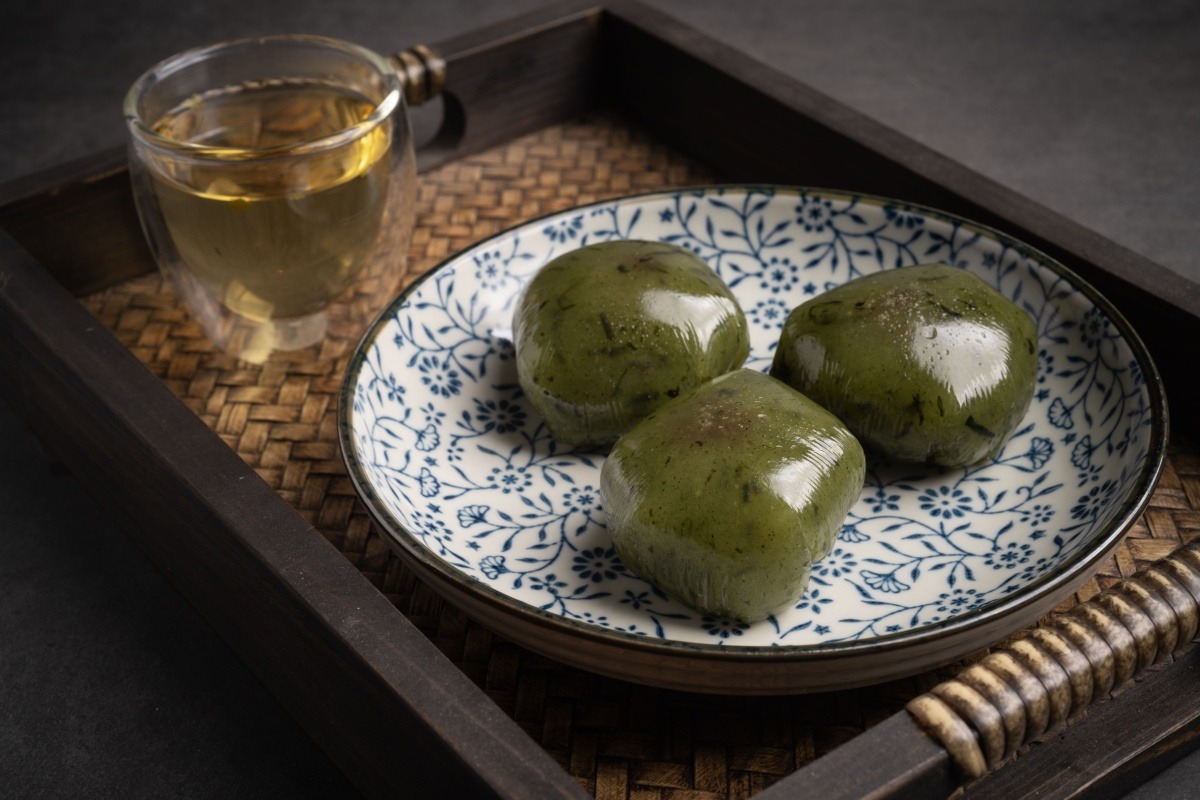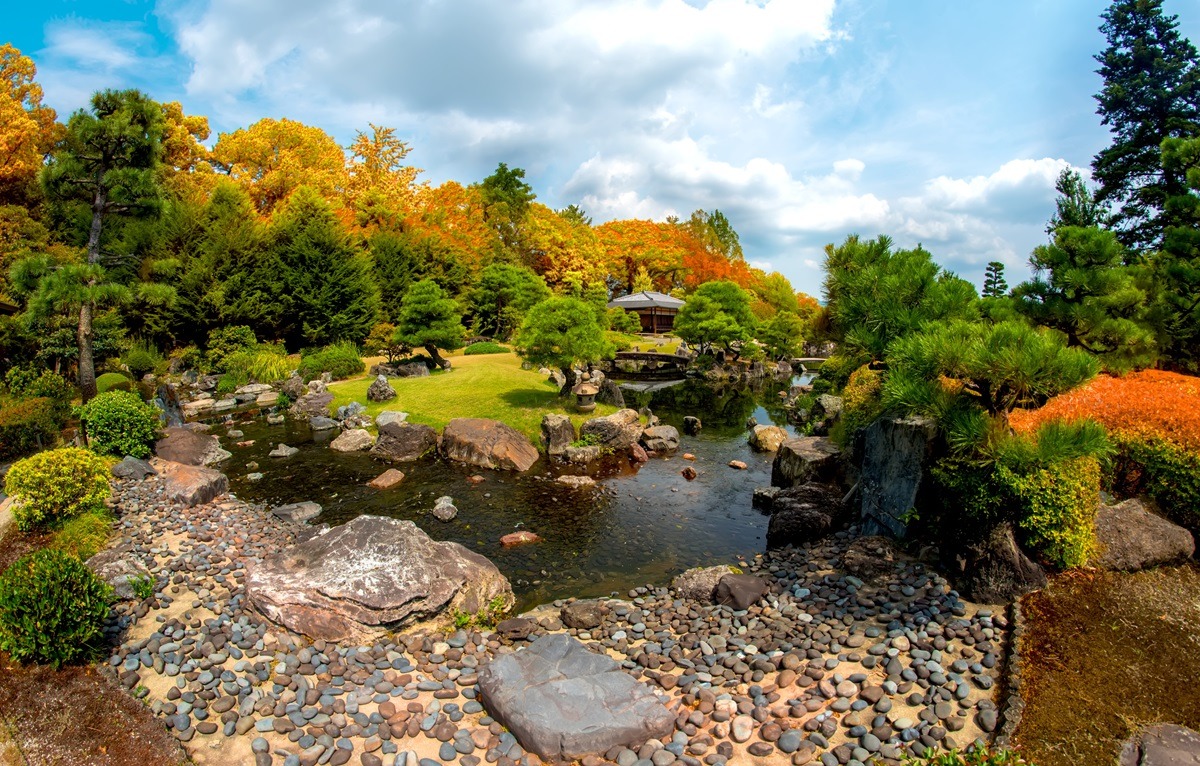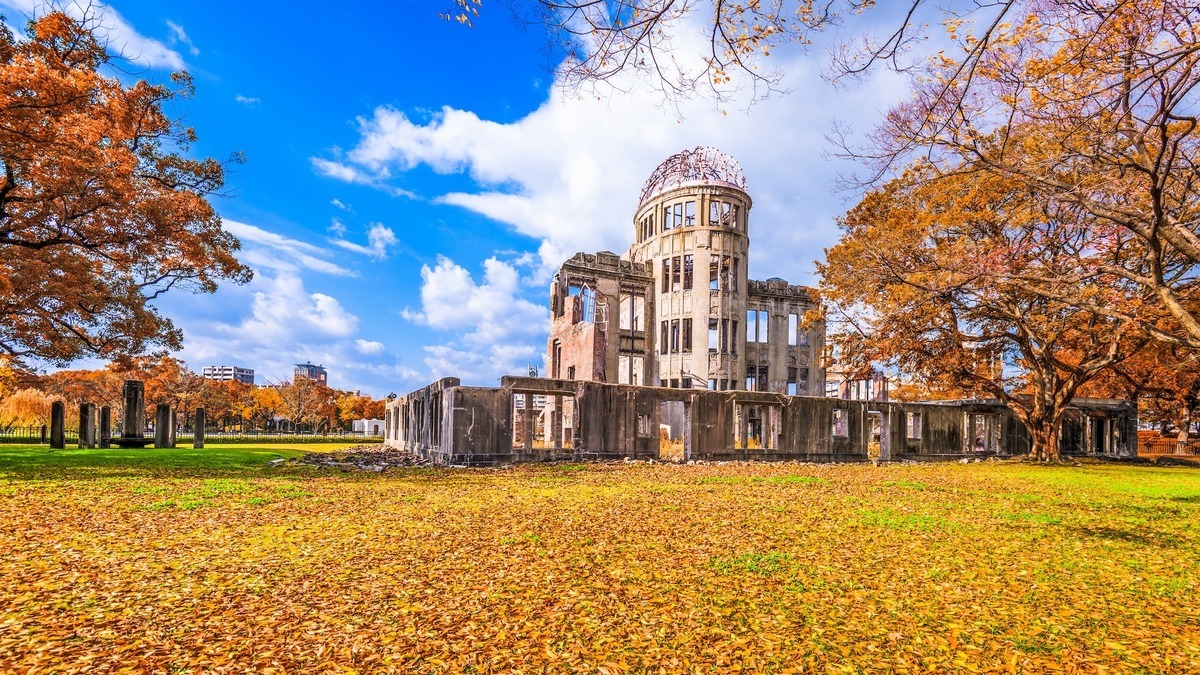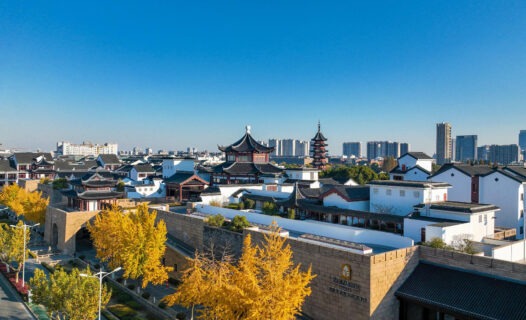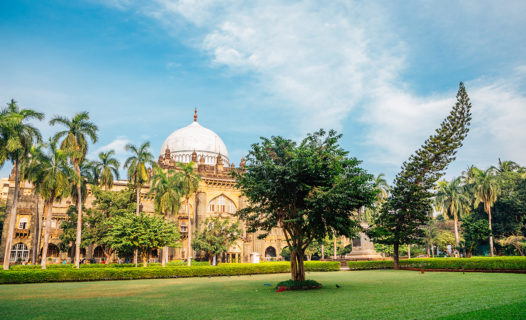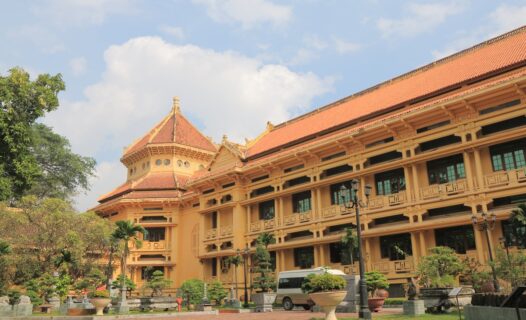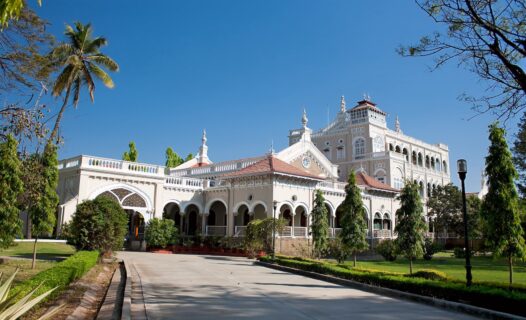As the brisk autumn breeze sweeps across Japan, the nation comes together to celebrate the Autumnal Equinox Holiday, known locally as Shūbun no Hi. This special day, occurring around September 22 or 23, marks a significant moment in Japanese culture, signifying the balance between day and night, and honoring ancestors during the week-long observance of Higan.
Join us on a journey through the intricate tapestry of customs, traditions, and sights that make this holiday an integral part of Japan’s cultural heritage. Whether you’re a seasoned traveler or a first-time visitor, this guide will help you experience the essence of Japan’s Autumnal Equinox Holiday.
The History and Significance of Shūbun no Hi
Shūbun no Hi has a storied history rooted in both spiritual and practical observances. Historically, the equinox marked a time when agricultural communities prepared for the forthcoming harvest. However, the modern celebration is more closely linked to Buddhist practices and the act of respecting ancestors, known as Higan.
The holiday was first officially recognized during the Meiji period (1868-1912) and has since evolved into a day of both reflection and family gatherings. Celebrated as a national public holiday, it provides an opportunity for Japanese people to return to their hometowns and visit the graves of deceased relatives.
Customs and Traditions of the Autumnal Equinox Holiday
The customs surrounding Shūbun no Hi are deeply intertwined with the concept of balance and reflection. Here are some of the key traditions observed during this period:
Visiting Family Graves
One of the central practices is visiting family graves to honor ancestors. Families clean the gravesites, offer flowers, and sometimes food and drink to show respect and gratitude. This practice, known as Ohaka Mairi, helps ensure that the spirits of the deceased are remembered and revered.
Preparing and Offering Special Foods
Food plays a significant role in the Higan observances. Traditional dishes such as botamochi or ohagi (sweet rice balls coated with red bean paste, soybean flour, or sesame) are commonly prepared and offered to ancestors. These foods symbolize the abundant harvest and serve as a bridge between the living and the deceased.
Exploring Local Temples and Shrines
During the Autumnal Equinox Holiday, many people visit temples and shrines to participate in ceremonies and prayers. These places of worship offer a serene environment to reflect on the past and seek blessings for the future. Some temples host special events and rituals specifically for this time of the year.
Exploring these spiritual sites provides a unique glimpse into the religious and cultural fabric of Japan, allowing visitors to experience the deeply rooted traditions that define the equinox celebration.
Personal Traveler Stories
A Traveler’s Experience of Shūbun no Hi
John, an expatriate living in Tokyo, shares his experience celebrating Shūbun no Hi with his Japanese friends. “It was a humbling experience to visit the family graveyard and participate in the rituals of cleaning and offering food. The sense of community and respect for ancestors is profoundly moving.”
Local Voices
Experience from a Local Guide
Ms. Matsumoto, a local guide in Hiroshima, shared her perspective: “Visitors often come to learn about Hiroshima’s history, but staying for the Autumnal Equinox adds a layer of understanding about Japanese culture’s depth and spirituality.”
Japan’s Autumnal Equinox Holiday, Shūbun no Hi, beautifully exemplifies the nation’s reverence for balance and ancestry. As you embrace this special time, whether through traditional ceremonies or enjoying the autumn scenery, you partake in a cherished cultural tradition that honors both nature and heritage. This holiday offers a meaningful reminder of the harmony between past and present, and the deep connections that unite us all.

